We have all imagined what our life would be like if we were rich. We would probably own high quality goods, a magnificent house, a beautiful car and wear expensive clothes. The problem is that luxury brands are usually available to a restricted market that only contains the wealthiest people. Whereas the rich have no qualms about entering a luxury shop on the Champs Elysées or Bond Street, most of us would feel out of place and under scrutiny. Luxury goods are reserved for rich people; so the hoi polloi have to make do with fakes and counterfeits sold on the internet or on shady markets. Or do they? Could it be that mobile applications are the keys to opening up the luxury market to people intimidated by (gold) bricks and mortar and prefer mobile clicks and orders? How else can we explain the plethora of mobile apps from luxury brands?
The rapid pace of development
First we have to understand that growth in luxury brand applications has been very rapid. In 2012, according to a survey carried out by DigitaLuxury, 99 % of luxury brands had their own website and, as you might expect, 97 % were also registered on at least one social network. 65 % of luxury brands had a mobile application and 88 % had websites adapted to mobile and tablet browsing.
You will have understood that today luxury brands incorporate mobile applications into their business strategies very well, by proposing official applications with original content like exclusive photos, backstage videos and make-up tutorials of the famous. Dior, Chanel, Gucci, Dolce & Gabanna and many others have also innovated concerning mobile applications. Some brands have decided to develop apps dedicated to a single product, as it was the case for Guerlain and its lip-stick application « Rouge Automatique ». Today, an application is a mean to share detailed information about a product. The design of the app is very important, it has to reflect the image of the product but also the brand environment.
It is important to emphasize that the great majority of luxury brands applications are free to download so they are not immediately profitable. The objective is obviously more of a long term investment. With mobile applications, luxury brands not only want to conquer new customers but also encourage purchases from existing users.
Available and exclusive?
Luxury brands are facing some paradoxes. They have to find a compromise between selectivity and distribution, over rarity and abundance, for the elite or for anyone. As with any other brand, those involved in the luxury sector have to develop their reputation and control their visibility. They need to communicate to show that they exist, that they are present and strong. But at the same time they have to try to maintain their image of rarity and remain discreet. Going mobile makes this much more complicated and it is difficult to create coherent strategies. Greater visibility, wider availability of information and the creation of powerful communities on social networks are not only opportunities but also entails risks and dangers which have to be taken into account by luxury brands. How mass market do they want to go? How mass market can they go without losing their exclusive quality? Losing control of the brand image has to be a worry as for example when Burberry became the uniform of the ‘chav’ in the noughties. Moreover the very nature of mobile applications is rather alien to a world that depends on communicating through the senses, the smell, feel, look and touch of goods are an integral part of the consumer appeal. How can apps recreate that in any meaningful way?
Luxury brand applications : a new navigation experience
Today a luxury shop has four functions : transactional, relational, logistic and experiential and a mobile application can’t replace the testing of a product in a store or the consuming act of purchasing a desired item. Even if luxury brands developed great applications to allow people to test the product on their mobile phones, people will still prefer going to a shop to buy a product. However luxury brands applications offer new navigation experiences and a different way of looking at a favorite brand. To browse within a mobile application such as Dior Mag is certainly different, (you can download this app freely on the App Store or on Google Play). Indeed, you arrive on the platform where news is added every day. Products are presented by the muses of the brand. In every article it is the same function, you click on the image and the passage to the article is made as it does when you are turning a page of your favorite book. Then a text describes the product, how the star is using it and a video is shown. For instance, Nathalie Portman presents the new perfume Miss Dior Chérie Blooming Bouquet. The design of this app follows the luxury codes that is to say, black is very often used, there are high quality photos and the top models are very beautiful. Anyone can download this app freely and people will encounter the luxury codes so the brand image will remain intact.
Luxury brands don’t develop too many mobile applications about their products or their brands (two or 3 maximum per brand). As we saw above, they designers are careful concerning the impact that these applications may have on their brand image. Because what differentiates luxury goods from other sectors is that it relies on a certain inaccessibility, so if just anyone can download a luxury app and then make post critical comments on it, it could be very damaging. Moreover, if they were poorly made, or if the technology fails, of it they do not respect the luxury codes, the impact could well be harmful for the brand. As a consequence, fears associated with the brand image are the primary constraints in the development of luxury brand applications. There is not only the fear of losing control about their image but also concern about the sensitive data on their users. The cost of development of an application come next, and although it does not affect luxury brands quite as much as other sectors, it remains a significant factor. Indeed, the mobile applications makes use of a different set of players from traditional magazine advertising and promotion. Operating platform providers, web developers, web hosting, community managers and others are needed, not forgetting the deployment of specific security measures which are important too. Finally, the lack of experience remains an important brake on development, indeed this business is still very young and volatile. It does not allow luxury brands to take advantage of exhaustive feedback nor does it offer much time to analyze what it does collect.
We can all observe that luxury goods are more accessible to the average man or woman in the street thanks to the development of mobile applications. While some luxury brands are fearful of losing control of their brand image others are able, through the design of their applications to maintain and reinforce the luxury codes and ensure the longevity and reputation of their products.
Finally it is obvious that mobile apps from luxury brands are offering more visibility to the brand itself and to its products. The apps are extremely useful to attract young fashionistas (and future consumers) to the products and the potential is global. In addition, some luxury products have gone down market through the web and found enormous success. Caviar for instance is sold on line now. This might also be a way for luxury brands to widen their appeal without tarnishing their appeal and reputation.
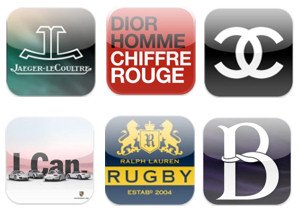
To go further :
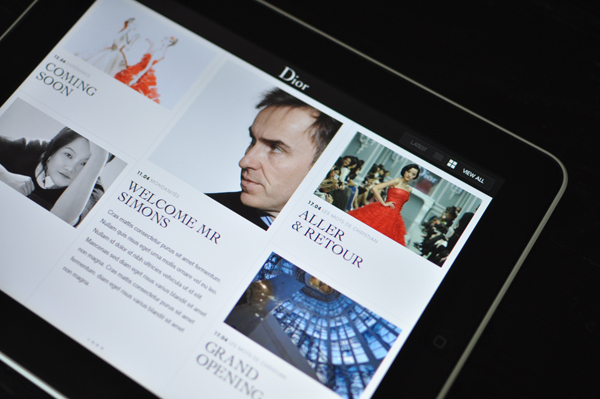
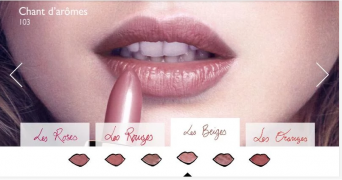
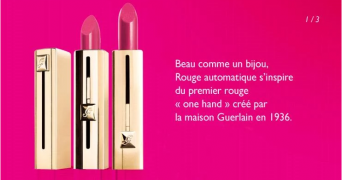
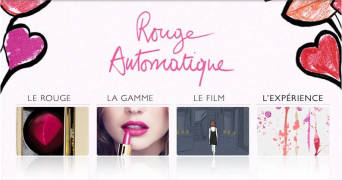
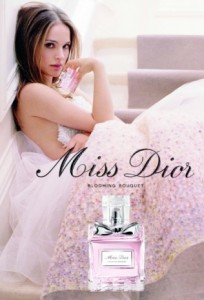
6 réponses à “Is the luxury market becoming more accessible through mobile phones?”
Thank you Baptiste for your interesting article. I totally agree with you that nowadays with Smartphones, brands can have more ways to approach and contact to their customers and also discover new potential customers.
It is the new way to present, introduce products to customers through applications. Furthermore, I think that smartphone applications is where luxury brands can really show their class.
This article is a clear example on how digital marketing strategies are changing; the approach that is now more « social » is combining itself to the advantages that « mobile » represents in the means of gaining and retaining customers. Brands that are not necessarily mainstream and that are not targeted on the masses are also joining the mobile approach with interesting and cutting-edge applications. Augmented reality will be also become a part of this new offer, I’ve tried a couple of apps that show me within seconds how a makeup product would look on me if I buy it, it’s really amazing! Interesting article, Baptiste!.
It’s interesting to see the luxury industry respond to pop culture demands. Interesting read and yes, I’m off to indulge if only to whet my appetite till I can afford them and help some company meet its analytics target!
It’s a very interesting point of view and a good point for discussion. Though I totally agree with the idea that applications are also used as a tool to offer more visibility to brands.
Thank you very much for your comments. I’m pleased to see that you were intested by the subjects.
This interesting article shows how luxury brands try to reached more consumers through mobile applications. What I think very interesting is the compromise that these luxury brands have to make between the expansion through mobile applications and the necessity to control their image (the biggest worth for a luxury brand). Then, the development of mobile applications by luxury brands represents a real challenge.